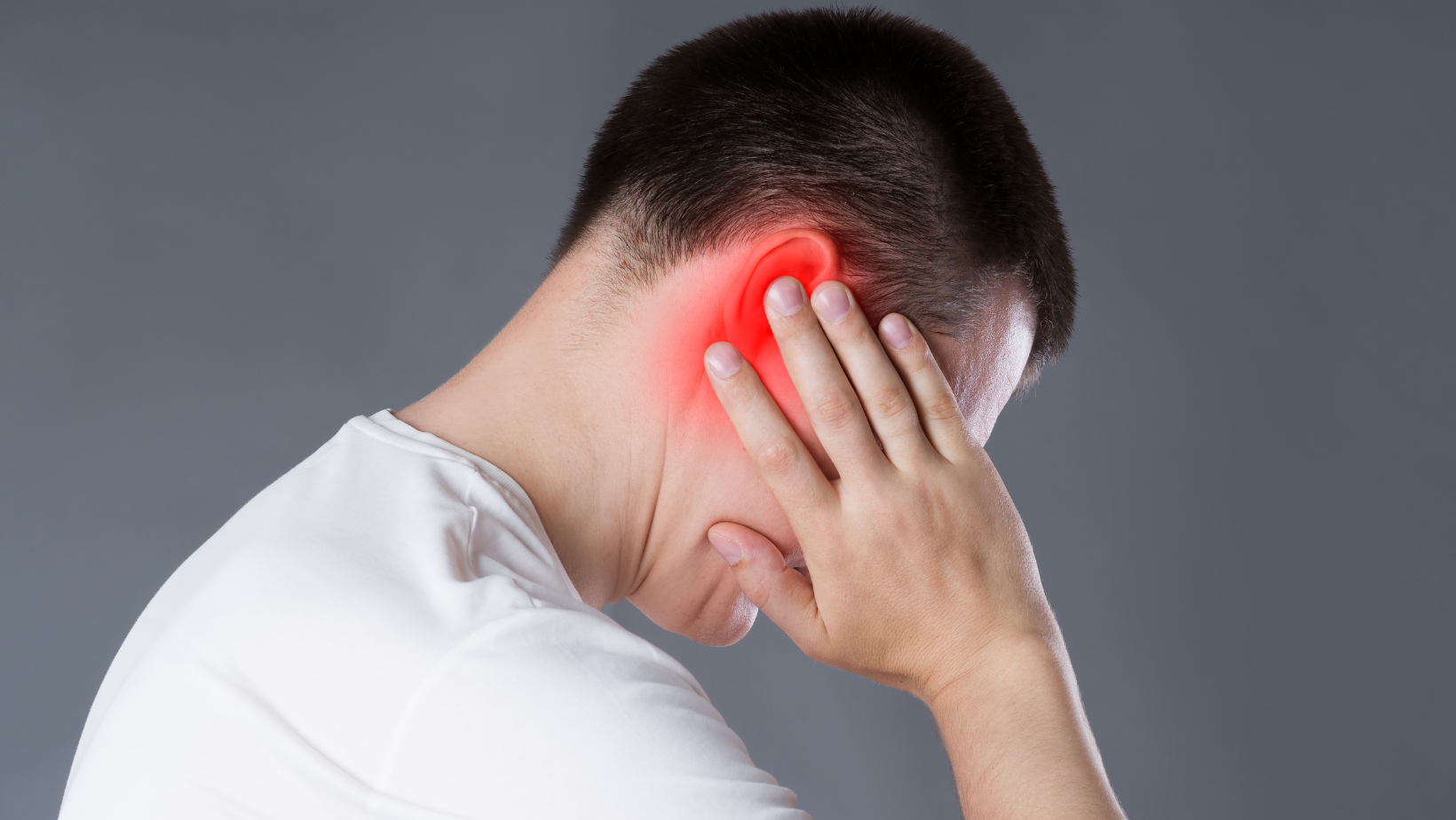Category
Ear health is crucial for our overall well-being, and any issues affecting this delicate organ can be discomforting and disruptive.

Have any questions?
If you have any questions, feel free to contact us at [email protected]. A member of our support team will help you shortly.
Share this blog
Fatigue
Energy
Stress
Sleep
Ear health is crucial for our overall well-being, and any issues affecting this delicate organ can be discomforting and disruptive. One such concern is ear discharge, which demands attention due to its potential underlying causes. This article will delve into the causes, symptoms, and treatment options associated with ear discharge, shedding light on this often-overlooked aspect of ear health.
Ear discharge, also known as otorrhea, can result from various
factors. One common cause is an ear infection. Bacterial or viral
infections can lead to an accumulation of fluid in the middle ear,
causing pressure and eventual discharge. Additionally, fungal
infections can contribute to this issue, often presenting with
distinct characteristics in the discharge.
Another possible cause is a ruptured eardrum. This can happen due
to trauma, sudden changes in pressure, or persistent infections. A
perforation in the eardrum allows fluid to leak out, manifesting
as ear discharge. Ear discharge may also result from an underlying
skin condition affecting the ear canal. Eczema or psoriasis in the
ear canal can lead to inflammation and discharge. Moreover,
foreign bodies lodged in the ear can cause irritation, infection,
and subsequent discharge.
Recognizing the symptoms associated with ear discharge is crucial for early detection and intervention. One of the primary indicators is the presence of fluid draining from the ear. The discharge may vary in color, consistency, and odor, depending on the underlying cause. It is essential to pay attention to any changes in hearing, as ear discharge often accompanies a decline in auditory acuity. Pain and discomfort in the affected ear are common symptoms, especially in cases of infection or injury. Itchiness in the ear canal and redness and swelling may also accompany ear discharge. If the discharge is tinged with blood, it could signify a more serious issue that requires prompt medical attention.
The approach to treating ear discharge depends on the underlying
cause. For bacterial infections, antibiotics are often prescribed
to eliminate the causative agents. In the case of viral
infections, antiviral medications may be recommended. On the other
hand, Fungal infections may require antifungal medications to
address the issue.
In instances where a foreign object is responsible for the
discharge, careful removal is essential. Attempting to remove
foreign bodies at home is not advisable, as it can lead to further
complications. Seeking professional medical assistance ensures
safe and effective removal. The treatment for cases involving a
ruptured eardrum may include keeping the ear dry and clean to
prevent infections. In some instances, surgical intervention may
be necessary to repair the eardrum. Inflammatory conditions such
as eczema or psoriasis may be managed with topical corticosteroids
to alleviate symptoms and reduce inflammation. Maintaining good
ear hygiene is also crucial in preventing recurrent episodes.
Preventing ear discharge involves adopting certain practices to promote ear health. Avoid inserting foreign objects, such as cotton swabs, into the ear canal; this can push wax deeper and increase the risk of injury. Practice good ear hygiene by keeping the ears dry and clean, especially after swimming or bathing. Addressing ear infections and seeking medical attention for persistent symptoms can prevent ear discharge.
Ear discharge is a symptom that should not be ignored, as it may indicate an underlying issue that requires attention. Understanding the causes, recognizing the symptoms, and seeking timely medical intervention are crucial steps in effectively managing and treating ear discharge. Whether the cause is an infection, injury, or a foreign body, addressing the root of the problem is critical to restoring ear health and preventing complications. Individuals can maintain optimal ear health and overall well-being by prioritizing ear care and staying vigilant to changes in symptoms.